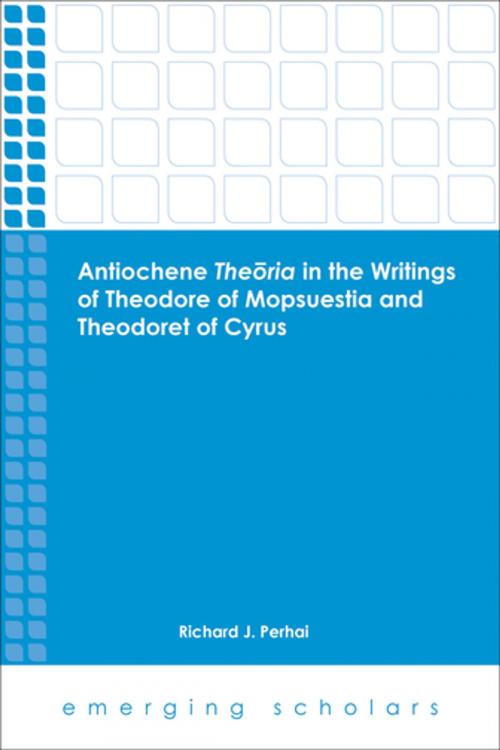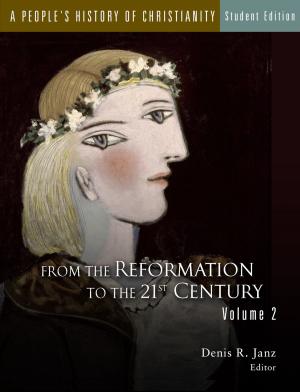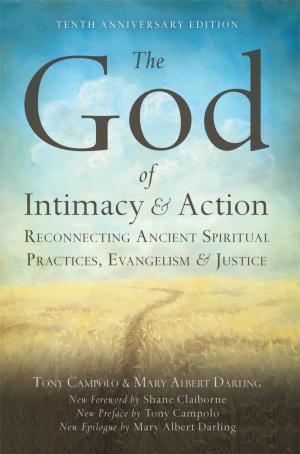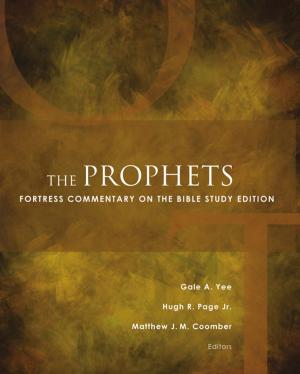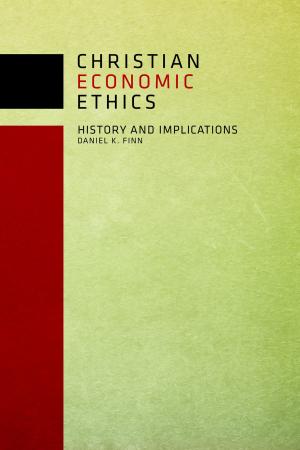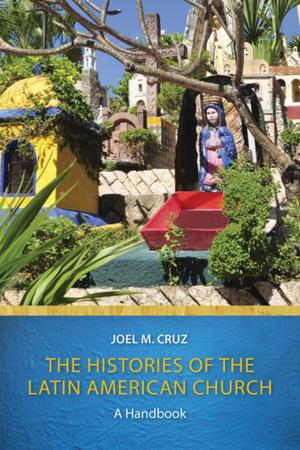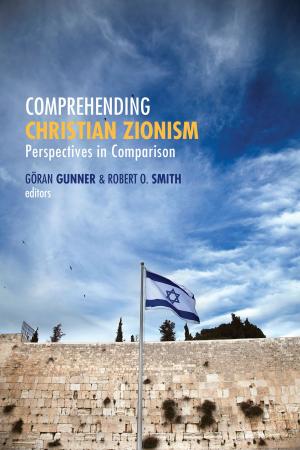Antiochene Theoria in the Writings of Theodore of Mopsuestia and Theodoret of Cyrus
Nonfiction, Religion & Spirituality, Bible & Bible Studies, Hermeneutics, Theology, Christianity, Church| Author: | Richard J. Perhai | ISBN: | 9781451494327 |
| Publisher: | Fortress Press | Publication: | March 1, 2015 |
| Imprint: | Fortress Press | Language: | English |
| Author: | Richard J. Perhai |
| ISBN: | 9781451494327 |
| Publisher: | Fortress Press |
| Publication: | March 1, 2015 |
| Imprint: | Fortress Press |
| Language: | English |
Biblical scholars have often contrasted the exegesis of the early church fathers from the eastern region and “school” of Syrian Antioch against that of the school of Alexandria. The Antiochenes have often been described as strictly historical-literal exegetes in contrast to the allegorical exegesis of the Alexandrians. Patristic scholars now challenge those stereotypes, some even arguing that few differences existed between the two groups.
This work agrees that both schools were concerned with a literal and spiritual reading. But, it also tries to show, through analysis of Theodore and Theodoret’s exegesis and use of the term theoria, that how they integrated the literal-theological readings often remained quite distinct from the Alexandrians. For the Antiochenes, the term theoria did not mean allegory, but instead stood for a range of perceptions—prophetic, christological, and contemporary. It is in these insights that we find the deep wisdom to help modern readers interpret Scripture theologically.
Biblical scholars have often contrasted the exegesis of the early church fathers from the eastern region and “school” of Syrian Antioch against that of the school of Alexandria. The Antiochenes have often been described as strictly historical-literal exegetes in contrast to the allegorical exegesis of the Alexandrians. Patristic scholars now challenge those stereotypes, some even arguing that few differences existed between the two groups.
This work agrees that both schools were concerned with a literal and spiritual reading. But, it also tries to show, through analysis of Theodore and Theodoret’s exegesis and use of the term theoria, that how they integrated the literal-theological readings often remained quite distinct from the Alexandrians. For the Antiochenes, the term theoria did not mean allegory, but instead stood for a range of perceptions—prophetic, christological, and contemporary. It is in these insights that we find the deep wisdom to help modern readers interpret Scripture theologically.
